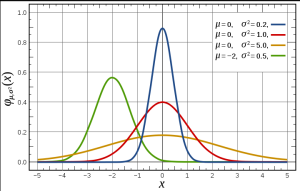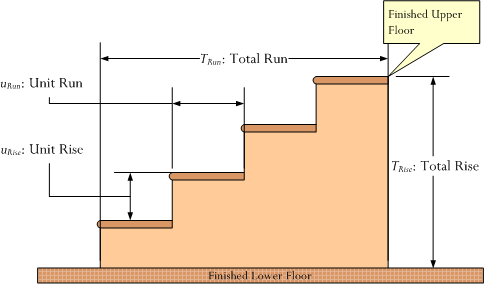Quote of the Day
You measure the size of the accomplishment by the obstacles you had to overcome to reach your goals.
— Booker T. Washington
For more on the up-coming eclipse, see this post.
Introduction
A couple of weeks ago, I was watching the Wonders of the Solar System with Brian Cox on the Science channel.In this episode, he was talking about the Moon and solar eclipses. He made a comment that the region of totality (i.e. complete darkness) during a solar eclipse is only a few hundred kilometers across. To illustrate this point, I found a great picture (Figure 1) taken from the Mir space station of the moon's shadow on the Earth.
I have never been through a total eclipse, but I must admit that I have always found them interesting. Maybe I can talk my lovely bride into taking a solar eclipse cruise? She still has not responded to my request for a vacation touring World War II Pacific battefields. Aren't I romantic? Anyway, I started to wonder whether I could verify the statement that Brian Cox made during the program.
I began my little exercise by looking for an exact number for the size of the region of totality and some details on the geometry of the situation. It did not take long. In the book, Historical Eclipses and Earth's Rotation by Stephenson, I found the following statement.
Under a vertical sun the umbra can never exceed about 270 km in diameter. However, at lower solar altitudes the elongated shadow of the Moon may be much wider than this, occasionally exceeding 500 km.
This quote is completely consistent with Brian Cox's statement and gives me a bit of information on the geometry of the situation. Let's see if a little geometry can verify this statement.
First, A Few Definitions
Let's work with the definitions from dictionary.com.
- Totality
- The quality or state of being total; as, the totality of an eclipse.For a solar eclipse, totality is the state of the sun being completely obscured to an observer by the moon. Totality depends on the position of the observer.
- Umbra
- A region of complete shadow resulting from the total obstruction of light by an opaque object, especially the shadow cast by the moon onto the earth during a solar eclipse.
Analysis
Umbra Geometry
Figure 2 illustrates the basic solar eclipse geometry.
The situation in Figure 2 produces the smallest region of totality on the earth. A little high-school trigonometry gives me the following equation.
Next, I will use this angle to compute the length of the umbra (dUmbra).
Umbra Spot Size on the Earth
Figure 3 illustrates how I estimated the umbra spot size on the Earth. I am ignoring the curvature of the Earth because the spot is so small and the Earth is so big.
Again, a little bit of trigonometry gives me the following equation.
is roughly the diameter of the umbra spot on the Earth. This completes my derivation.
Solar Eclipse Data
| Symbol | Description | Value | Units |
| rSun | Radius of the Sun | 696,000 | km |
| rMoon | Radius of the Moon | 1738 | km |
| dSmax | Maximum distance from the Sun to the Earth | 152,100,000 | km |
| dMmax | Maximum distance from the Moon to the Earth | 356,400 | km |
| rEarth | Radius of the Earth | 6378 | km |
Results
Simply substitute the eclipse data into the equations and you get 273 km for the maximum diameter region of totality when the sun is vertical with respect to the observer. As far as I am concerned, this analysis confirms both Cox's and Stephenson's statements. This was a nice little problem.
Here is a screen capture of my calculations.
 Here is a copy of these calculations in Excel.
Here is a copy of these calculations in Excel.

















